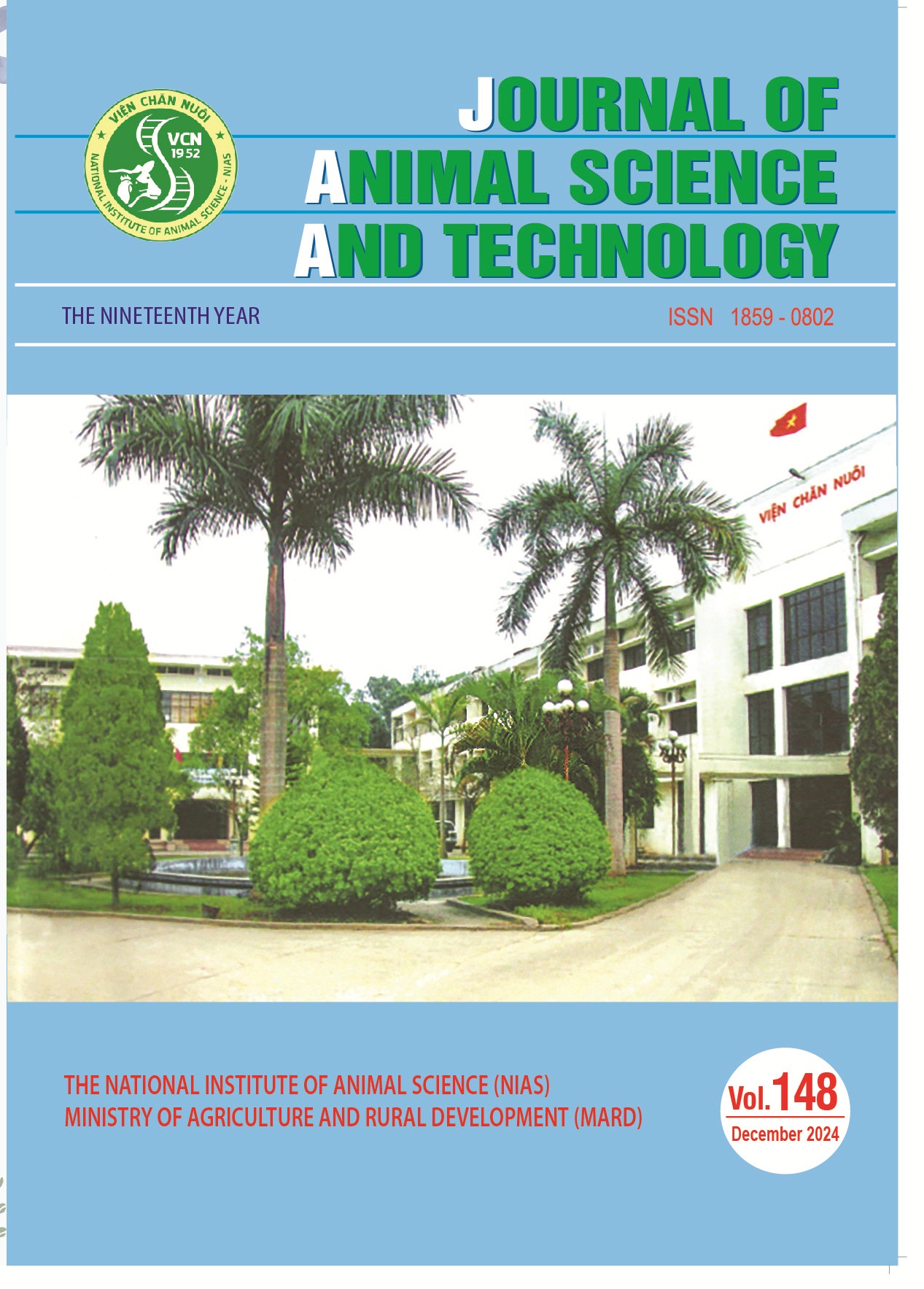Manure management in pig production in Vietnam
Pig farming in Vietnam has expanded rapidly, leading to a significant increase in manure production. Greenhouse gases (GHG) including methane, nitrous oxide and carbon dioxide emissions from pig manure production occupy a large portion in total GHG emission from livestock production. GHG inventory from manure management in Vietnam has been estimated by Tier 1 method with basic characterization for livestock populations so far. A more complex Tier 2 method for the inventory of GHG emissions referenced from IPCC (2019) provides a better estimation based on country-specific emission factors that allows to apply for different manure management systems and requires detailed information in animal performance, diet composition and manure management system. Preliminary observations presented in this review showed that the crude protein levels in commercial feed for pig are higher than nutrient requirement in diet recommended by NRC (2012) while the metabolizable energy levels and fiber levels are not much in difference. Intensive pig production has raised environmental concerns due to improper waste management, including direct discharge and inefficient treatment methods. While biogas digestion is a promising solution, challenges such as overloading and suboptimal decomposition hinder its effectiveness. To mitigate these issues and reduce greenhouse gas emissions, further research, technological advancements, and stricter regulations are necessary to improve manure management practices.

